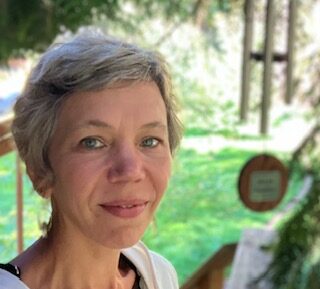
by Guest | Oct 28, 2024 | Being Well, Featured, Uncategorized
…to taking action for breast cancer prevention and healing.
October is breast cancer awareness month. It’s also my birthday month, and I’m happy to say, I’ve come a long way in my healing as I now feel honored to share my birthday month with this awareness as many of us would like to not have to touch it with a 10 foot pole. You see, I’ve learned much about breast cancer from lived experience, both my own diagnosis and one of my sisters. My sister’s story ended with her dying from metastatic breast cancer only 2 years from her original diagnosis. I’m currently 2.5 years out and doing great as I plan to continue to do.
Neither of us were paying enough attention to our risk factors and we had several. There were many factors involved including earlier cancers and radiation treatments, environmental toxin exposures (we all live in a chemical soup world, reducing our exposures and supporting our body’s pathways of elimination are key) emotional and physical overwhelm/high stress, over-nurturing others and under-nurturing the self. Sound familiar anyone? 1 in 8 are the current statistical numbers of breast cancer occurrence among women. Also, did you know? 1 in 100 men are affected. Each story is unique and there are certain things that put each of us in different risk categories.
Knowing our risk factors, how many we have and what we can do to lower our risk factors with lifestyle modification are all within our control. I knew I was in a higher risk category from having had radiation therapy in my early 20’s. I knew I functioned at a high stress level, saw signs of estrogen dominance, was persistently overweight for many years, chronically inflamed and worked nights often as a birth doula plus a few other factors. Yet I just hoped eating organically and not exposing myself to more radiation would keep me healthy. It wasn’t enough. Receiving the diagnosis of invasive ductal carcinoma right after my sister’s passing was a doozy of a hit too, but through my lifestyle adaptions it has ultimately brought me back to my earlier life goal of longevity (living to 100 or beyond!) and living that life in vibrant wellness. Good health has always been a passion of mine, but it’s funny how we can let stress and certain situations lead us to believe we should accept less for ourselves. Ultimately cancer has taught me how to live well again. Thank goodness! However, it was not easy to go through to get myself back on track. I don’t actually recommend it 😉 It is therefore, my pleasure and task to share with others what they can do to ideally avoid diagnosis by steering away from known risk factors and incorporating lifestyle habits that decrease risk factors. I love sharing preventive habits and skills in general for us all (including prevention of other diseases too I’d like to add).
Know your risk factors. How many of these align with you?
Risk factors from CDC
- Being a woman
- Age: most diagnosed after 50
- Having BRCA1&2 genes (genetics can be dimmed or brightened with lifestyle)
- Reproductive history – beginning menstruation before age 12 and menopause after 50 – also – First baby after 30, no breast feeding, no full term pregnancy
- Having dense breast tissue/connective tissue (hard to read in mammograms and needs better lymph movement and movement in general) Ultrasound and thermography** are better at reading dense breast tissue **note that thermography isn’t currently utilized by conventional medicine.
- Having a personal history of breast cancer
- Other breast diseases such as atypical ductal hyperplasia, lobular carcinoma in situ
- Family history of breast or ovarian cancer (with or without BRCA gene) first degree relative; mom, sister, daughter – mother or father side
- Previous treatment with radiation (such as Hodgkins lymphoma also a sign the lymph system needs support)
- Exposure to DES drug – diethylstilbestrol – 1940-1971 – miscarriage prevention (mom and baby at higher risk)
- Not physically active
- Overweight or obesity after menopause
- HRT – hormone replacement therapy and slight increased risk seen from birth control pills.
- Drinking alcohol – risk increases with the more a woman drinks
- Smoking
- Night shift work
I would also add: environmental and food chemical additives that can overload our lymph and endocrine system as well as harm our gut microbiome.
Now to the empowering stuff!
What we can do: Taking action is key!
Eat more whole food plants! Eat more colors, eat seasonally, locally and clean/organic whenever possible. Check out the EWG’s list of clean 15 and dirty dozen to know what produce is ok to buy conventional/clean15 and which are ideal to buy organic/dirty dozen) Visit a local farm and enjoy their produce. They need our business through the cooler seasons too. Add one more vegetable to every meal and one new color a week. Ask about the farm’s growing habits. Find farms that don’t use chemicals. Many practice organic methods but don’t carry the certification yet and they’re happy to answer your inquiries.
Exercise! Move your body in ways that make you happy and feel good. Get moving every day. And this doesn’t mean stressed out running around, no, that’s counter productive. This means, enjoy a walk, hike or bike ride. Prioritize the time to commit to regular movement. You are so worth it! Walk one day, take a movement class another day such as Yoga or Joy Lymph Flow (a class I lead in Rockaway Beach and Nehalem) Tai Chi, Qigong or whatever you fancy, but it should bring ease to your body and time for repose. Turn on the music and dance! A fabulous way to heal many layers and promotes connection and health within the family if you live with others.
Quit smoking and don’t drink alcohol or limit your intake. Mocktails made with herbs are power packed with more phytonutrients that help us stay well and are an actual treat vs. a known risk factor.
Switch to natural household and personal care products. Don’t use anything with “fragrance” listed as an ingredient or chemical names you can’t pronounce or artificial colors. There are so many products out there, it can be overwhelming. Environmental Working Group also has a Skin Deep database listing products that are free from chemicals. It’s not one product that becomes the problem, it’s the many products together, it becomes a toxic load the body can’t handle. Switching to natural cleaners and personal care items actually uplifts our health instead.
Discuss your risk factors with your ND or MD and meet with a health coach like myself for support in making changes to your lifestyle at a pace that works for you to live a life that’s shown to be more preventive in lowering your risk factors and ideally avoiding this disease. I also teach breast massage for self-care and home screening. 3 This article is dedicated to those we’ve loved and let go of too early due to this disease and to those facing it now and in the future. May we all be free, live in flow, know ease and enjoy self care first so we may indeed be well and remain here for others.
Written by Elizabeth Golden Seaver, Health and Wellness Coach, Nehalem, OR and Tillamook County Wellness Coalition Member.
You can reach out to her at: goldenkeywellness.abmp.com, wingforwisdom@gmail.com
Other wellness questions? Email us at info@tillamookcountywellness.org. For more local health and wellness information, visit www.tillamookcountywellness.org or follow Tillamook County Wellness on Facebook and Instagram.
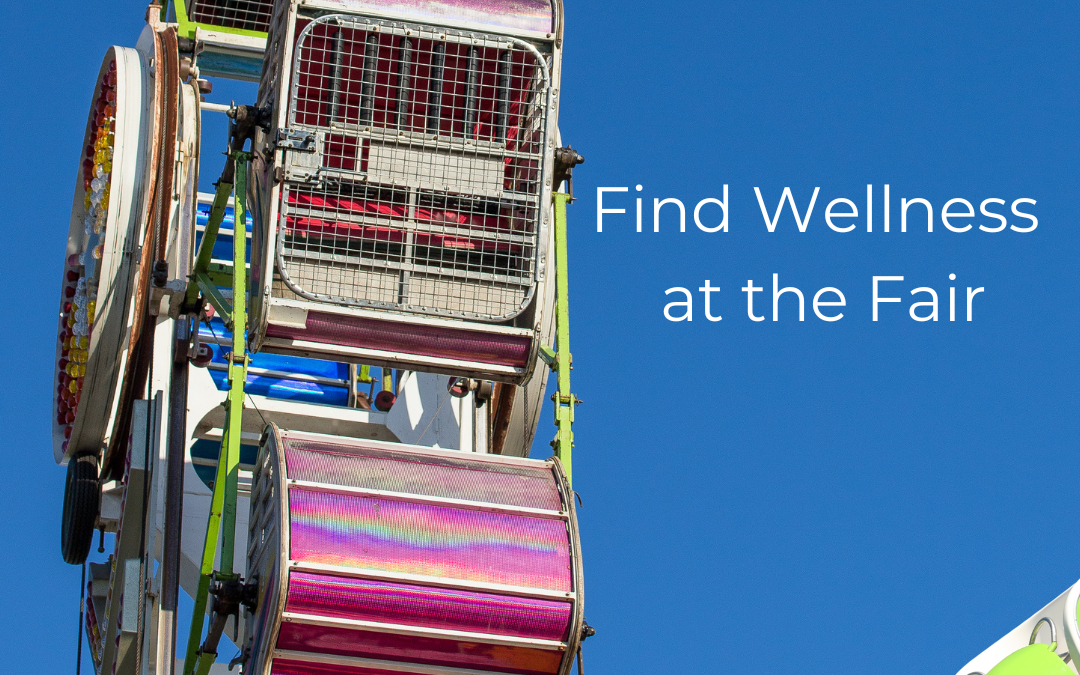
by Michelle | Aug 10, 2024 | Being Well, Featured, Move Well, Uncategorized
August is a busy month! There are several free wellness activities coming up, some of which you can learn more about at the Tillamook County Fair.
“Treasure Your Wellness” Treasure Map: This interactive map can be found at the Tillamook Library bookmobile located near the Master Gardener’s garden by the east entrance of the fairgrounds. This fun, free, and family-friendly adventure runs From August 5th to September 30th . Explore wellness destinations like Activity Island, Be Well-Nourished Bay, Community Cove and the Isle of Inner Peace. Each location includes activity challenges —volunteer, cook a healthy meal, visit a rec center, start a savings account and more. Complete at least one activity on each island and you could win incredible wellness-themed prizes, like cornhole, pickleball, and disc golf sets or the grand prize of an ATX bike valued over $500! In addition to being available at the fair, maps can be found at local library branches, Kiawanda Community Center, Tillamook YMCA, North County Recreation District and Food Roots or on- line at This Way to Well-Being | Tillamook County Wellness.
Health Literacy Campaign: Materials from our recent health literacy campaign can also be found at the Tillamook Library booth at the fair. Bookmarks and other materials highlighting important health information like finding a primary care provider, getting vital health screenings and knowing when to visit your doctor, urgent care or emergency department, are just a few topics covered. You can also find more information here. Community Health Survey: When you visit the Library Bookmobile at the Fair, be sure to take our Community Health Needs Survey. Tell us what you and your family most need to live your best life and your areas of greatest concern impacting your health and well-being. You can also take the survey here.
Financial Wellness: Visit the Habitat for Humanity booth – located in the main pavilion building, under the stairs near the fair office – for community conversations on what financial health means to you. While you are there, learn more about first-time home buying and other ways you can work toward your financial goals. While you are at the Habitat for Humanity booth be sure to sign up for:
- FUNancial Wellness Event – Come to the Tillamook YMCA, Monday, August 19th, 2024, 5:00- 6:30 PM for food, fun and financial learning opportunities for kids 3rd -6th grade. This FREE event provides kids and families an opportunity to learn about saving, spending, growing and protecting money. Kids will take home more than just knowledge with free giveaways and prizes. Learn more and register for the event here.
- Sign Up to become a “FinLit” Financial Literacy Volunteer – This program relies on volunteers to deliver free curriculum from Financial Beginnings. Classes are held in English & Spanish at multiple community locations, including Tillamook Bay Community College, Helping Hands, and Trask High School.
Volunteers can commit to as many or as few classes as works for their schedule. To learn more or to register to become a volunteer, visit Financial Beginnings (finbeg.org). If we don’t see you at the fair, here are other ways you can get information about these and future wellness events.
AUTHOR: Michelle Jenck, Adventist Health Tillamook Director of Community Well-Being
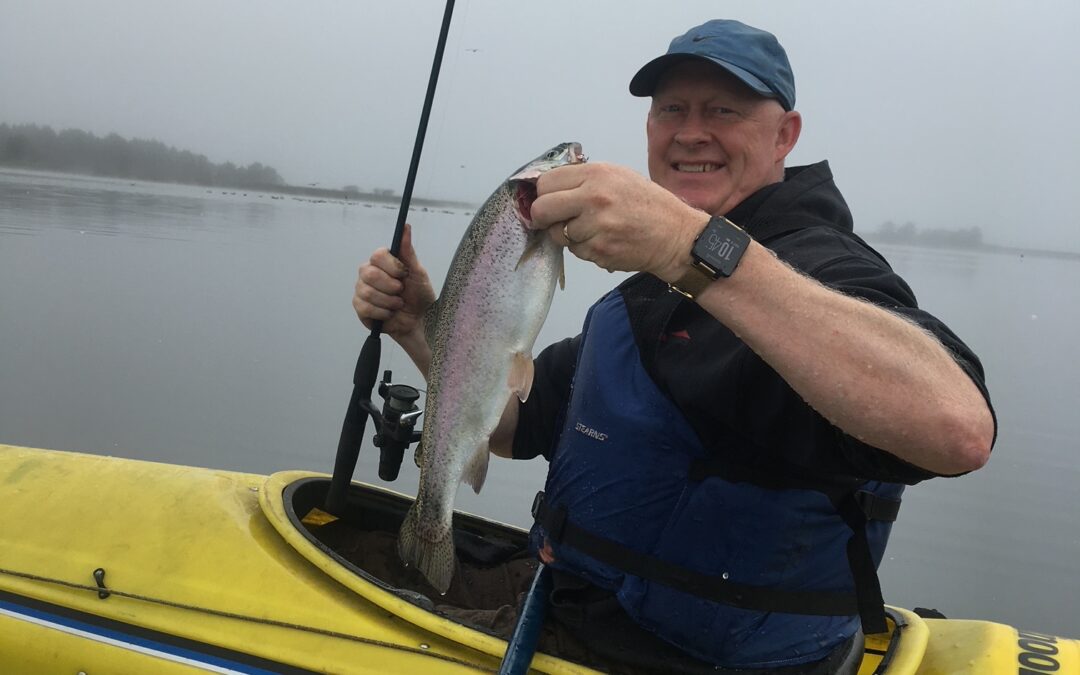
by Guest | Jul 12, 2024 | Being Well, Featured, Move Well, Work Well
Occupational Therapy is an often misunderstood or unheard of rehabilitative therapy. It is not just about our jobs and work we do. The easiest way to say it is therapy for anything that occupies your time. If there is anything you can’t do that you want to do, then come to us and we will help you get back to doing it. Sleeping, cooking, hobbies, socializing, travel, etc. are all things that occupy your time. There are many ways we can help by analyzing the activity and then finding other ways to do it, using exercises and strengthening to make it more possible, or using devices or equipment to make it possible. We can come to your house and do an evaluation if home modifications or larger equipment is needed, or you can come to see us in outpatient therapy to work on improving function in your life.
Occupational Therapist use more of a wholistic approach to therapy. We don’t just look at the physical, but also the psychological and sociological aspects of a person to help them. What do they enjoy, what is important to them and what they think and believe are important things to be considered. When we can’t do what we enjoy due to pain, or loss of ability this affects the whole person. We can help to deal with chronic pain management as well as behavioral management to work with the person as a whole. We are also Qualified Mental Health Practitioners and can help with depression, anxiety, or other diagnoses associated with these issues.
The best way to get a referral is through your primary care provider (PCP). Employees can self-refer, also. We’re working to increase provider awareness about our services, but your always welcome to ask questions. If you have any questions or need advice on what to say to your PCP, feel free to contact Timothy Patching at patchitr@ah.org. We’re here to help you every step of the way!
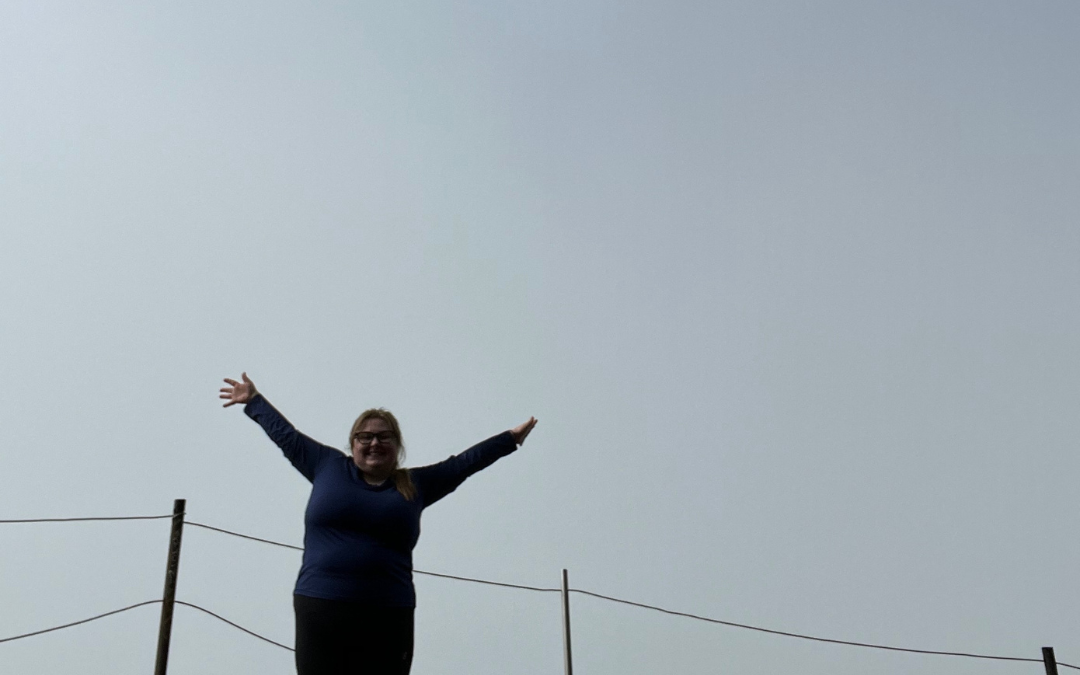
by Guest | Apr 24, 2024 | Being Well, Featured, Uncategorized, Why I'm In
“WHY I’M IN …” An interview with Emery Edwards, AmeriCorps, VISTA
What drew you/your organization to partner with Tillamook County Wellness?
I’ll be honest, I started working with TCW because it was something required of my position as an AmeriCorps VISTA volunteer. I came to Tillamook, though, because I was in search of something more fulfilling, authentic, and close to nature than what I had built in Seattle. Since the first day I learned about TCW I was inspired by the community-driven initiatives to make Tillamook a better place to work, live, and be. I will continue my work with TCW because I am inspired by the passion exhibited by its members towards the never-ending work of improving this county. I have found that TCW embodies what I was searching for when I moved to Tillamook- it is authentic, innovative, fulfilling, and emphasizes genuine relationships and community action.
What, if any, changes have you seen come about as a result of this work?
I can see how TCW brings organizations and people together for initiatives to improve the county. Being behind the scenes and involved in several committees I have the unique opportunity to see so much of what TCW is doing! The collaborative nature of the committees creates buy-in throughout organizations in the county and provides a platform for the exchange of ideas all towards the betterment of our community. I specifically see how a lot of what TCW does is directly informed by data collected about the greatest needs of the county, specifically for vulnerable populations. I see access to care and access to physical activity being increased for all of Tillamook County, but particularly emphasized for historically underserved populations. This is critical work that is not being done everywhere and I’m so happy that TCW is taking that initiative.
What have you learned from being involved in this work?
Gosh, I have learned so much about what it means to bring about community action. This community has so many wonderful members who are passionate about improving the livelihoods of all county residents which has restored some of my faith in humanity. I learn so much from my work with TCW almost every day, but I think the biggest thing I’ve learned is that community action like TCW is even possible!
What are your hopes for this work as it relates to you/your organization?
I hope that this work can continue to grow and expand to include more representatives of the community. I really hope to see more community members, retirees, and other people looking to use their time, energy, and skills to better their community through TCW. I hope that this will cultivate a sense of ownership for Tillamook County residents. In my experience, if you yourself work on something you feel a sense of ownership over it. And that’s really important for this program’s sustainability. The more people come together wanting to improve their community through TCW the more positive impact we’ll be able to make
What are your hopes for this work as it relates to changing community health in Tillamook County.
Moving to Tillamook County has changed my life, and I know it can change so many others. I really hope that this work will improve access to a happy and healthy life for all. It’s really hard to not have any healthy habits, nutritional knowledge, or a healthy relationship with your body. I believe that TCW is providing access to healthy choices we can make for ourselves. This is essential work to improving community health because when you feel like you’re on your own with your health, it’s really isolating and it can feel like you have to reinvent the wheel. TCW is changing Tillamook County for the better, and my biggest hope is that we continue to receive support from the community we serve.
Is there anything else you’d like to share?
I would just like to add that moving to Tillamook County has changed my life for the better! I’ve been able to build a wonderful community of authentic, caring, amazing people who truly care about this community. Tillamook County has its flaws but it is such a special place to me and I am so grateful to have had the opportunity to serve here. I am so looking forward to seeing what amazing things we can accomplish with community action! And, a special thank-you to Michelle Jenck, the Tillamook County Wellness Coordinator. Without her, so much of this work would not be possible!
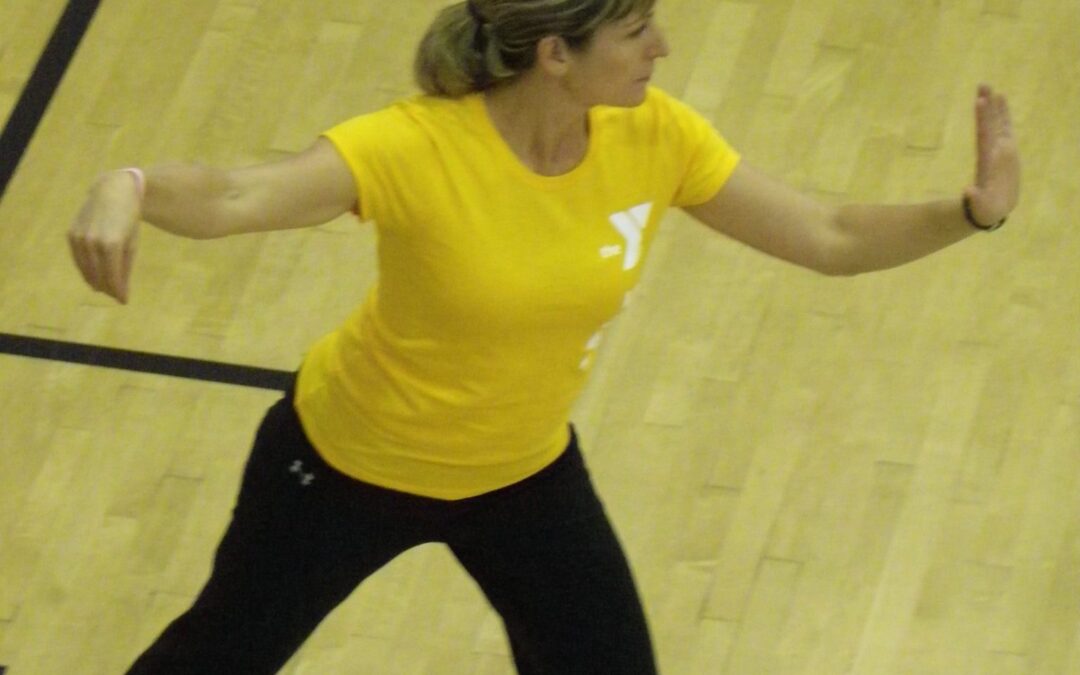
by Guest | Apr 4, 2024 | Being Well, Featured, Move Well
In our busy lives, there is much to pull our focus and distract our minds as we move through our day. The constant buzz of the phone in our pocket, ever-present screens, and ambient noise from a world in constant motion contribute to all the distractions. All of these disturbances lead to inattention and are not ideal for our bodies or minds. This is where the concept of mindful movement can come into play. Using mindful movement helps to increase awareness of your body, which, in turn, will help increase the enjoyment of activities, improve mental focus, and reduce stress. This article will help you explore the benefits of mindful movement and simple methods of incorporating mindfulness into your daily life.
What is Mindful Movement?
Mindful movement is creating an awareness of your body by bringing your full attention to the present moment and the current activity you are engaging in. Mindful movement is done without the intent of judging yourself. Instead, you are acknowledging how the body feels and responds to movement. The difference between exercising and practicing mindful movement is intent. You can exercise by merely going through the motions of the movements with the hope of seeing physical benefits. However, with mindful movements, you notice things like your breathing, how the floor feels under your feet, and the stretch in your muscles as you move them.
Mindfulness originally started as a form of meditation. It became more mainstream as yoga gained popularity, and mindfulness was frequently added to the end of a yoga practice. Practicing mindful movement with exercise then expanded to other forms of exercise, including Pilates and stretching. However, mindful movement is not limited to just formal exercise. It can be incorporated into the things you mindlessly do every day, such as walking the dog or sitting at your desk while working.
The Benefits of Mindful Movement
As the practice of mindful movement grew, so did the research showing the benefits of moving mindfully.
- It is generally accepted that exercise reduces stress and improves emotional well-being. The practice of mindful movement is no exception. Mindful-based interventions show a reduction in anxiety, depression, and stress equivalent to psychological interventions.
- Reducing stressors has the additional benefit of improving immunity. Stress is known to suppress immunity by triggering an inflammatory response. By utilizing methods of reducing stress, you can experience boosted immunity by interrupting the inflammatory response pathways in your body.
- Routinely practicing mindful movement will help improve sleep. The average adult needs 7-8 hours of sleep a night. Mindful movement can help achieve this amount of sleep and improve the quality of the sleep you get.
- Improved focus, concentration, and control of ADHD symptoms have been observed in adults and children who routinely practice mindful exercise, such as tai chi, yoga, and dance.
- Proprioception is the body’s awareness of its place in the space around it and how it moves through space. Mindful movements will improve proprioception. This occurs by using the brain and body connection to retrain the body with new motor skills. These new skills help reduce falls by improving balance.
Examples of Mindful Movement
Mindful movement is for everyone, not just athletes and those who exercise regularly. Mindful movement can be incorporated into your daily activities with both structured and unstructured activities.
Structured:
- Yoga
- Pilates
- Strength training
- Stretching
- Tai Chi
- Qigong
Unstructured:
- Freestyle dance, turn the radio on and let loose
- Singing in the car
- Playing games with children
- Gardening
- Walking your dog
- Washing dishes
- Driving
Begin Moving Mindfully
You can start your practice of moving mindfully at any time and easily incorporate it into your daily routine. There is no need for athletic equipment. No level of activity is too small to add mindfulness to it. You can quickly begin with a walk, seated yoga, stretching, or by adding mindfulness to your current exercise routines. Here are some tips to get you going.
- Add to everyday activities: Focus on basic activities like walking, breathing, gardening, or gentle stretching.
- Minimize distractions: Turn off your phone for the duration of your mindfulness practice. Find a quiet space away from others where you can really focus your mind without interruption.
- Focus on breathing: Use your breath to regulate your mind. Slow, deep breaths help to slow your mind and keep you in the present moment.
- Engage your senses: Pay attention to the sounds around you. Can you smell wet rain on the ground or the fir tree in your yard? Reach out and touch trees, rocks, and flowers as you walk.
- Pay attention to your body: Acknowledge any aches or pains, but do not dwell on them. Notice how your hair moves as the wind blows through it, how the ground feels under your feet, or the movement of your muscles with the activity. If your mind wanders, gently bring your attention back to your body.
Starting small with activities you already do in your daily life makes it easy to add mindful movement gradually. Begin with activities you enjoy or that fit into your lifestyle. Taking the time to pay attention and focus on your movements allows you to gain a new appreciation for the amazing piece of machinery that your body is. By focusing on your body, you are doing more than simply going through the motions of an activity. So remember to be patient and kind to yourself by focusing on progression, not perfection.
Resources:
https://www.sciencedirect.com/science/article/abs/pii/S0272735817303847?via%3Dihub
https://davidvago.bwh.harvard.edu/why-mindfulness-can-help-the-immune-system/
https://pubmed.ncbi.nlm.nih.gov/26802824/
https://www.ncbi.nlm.nih.gov/pmc/articles/PMC4484342/
https://www.ncbi.nlm.nih.gov/pmc/articles/PMC4309156/
Written by Leanna Coy





